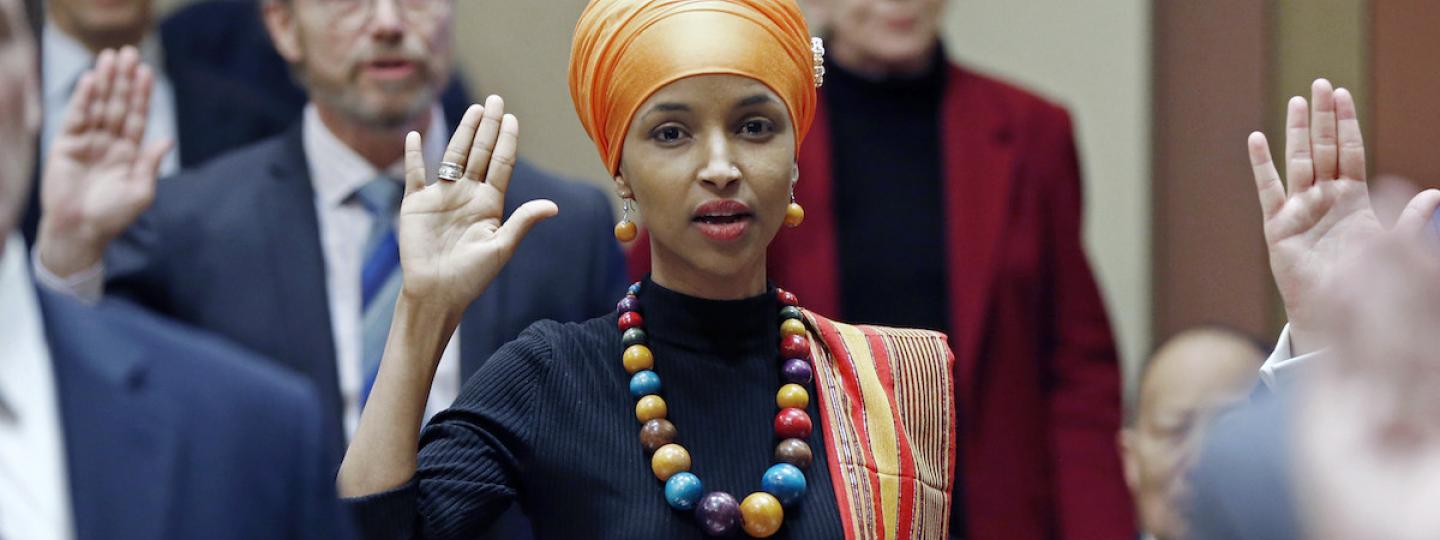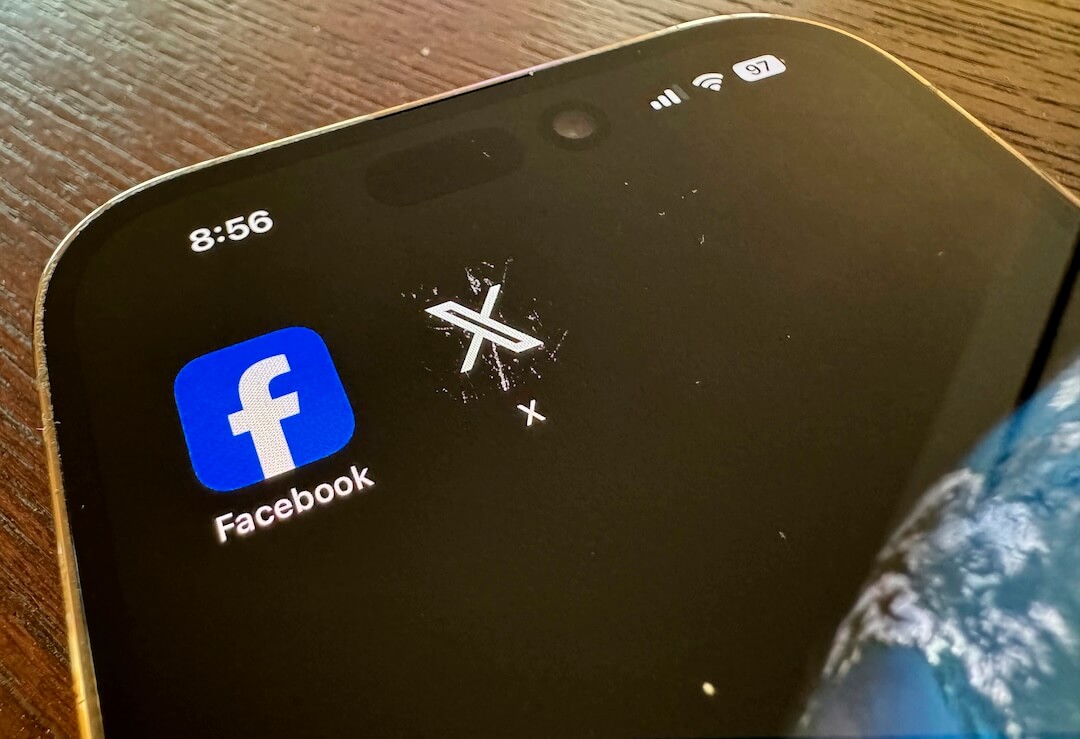In his Nieman prediction last year, writer and technologist Paul Ford talked about the need for news organizations to “go global.” He wrote:
“A story performing well in one market could, theoretically, perform well in multiple markets, and reach many more people.”
I thought of Fords prediction when I saw these tweets days later:
This is a big deal: @MPRnews is now providing news in Somali. Please help spread the word. https://t.co/4VygPfUzzS
— Kirsti Marohn (@kirstimarohn) December 28, 2017
MPR News Soomaali: Soomaali la rabay in la masaafuriyo oo dib u celintooda dib loo dhigayhttps://t.co/Y8dKgqQ4Pq
— MPR News (@MPRnews) December 26, 2017
Minnesota Public Radio (MPR) was doing exactly what Ford had predicted: They had started to provide news, in both text and audio, to the state’s Somali-speaking residents. It makes sense for MPR to provide news for Somali-speaking Minnesotans: It’s the third most common language spoken in Minnesota, after Spanish and English. But it also opened up doors for the station beyond Minnesota: Somali-speakers across the world can now read some of MPR’s regional content, which is translated and then put on their website. In short, MPR is not only serving its local population — but their friends and family across the globe.
MPR’s foray into translated content is one that other news organizations can learn from. As Andi Egbert from the APM Research Lab points out, 17,000 people in Tennessee speak Arabic and 117,000 residents of Illinois speak Polish. There’s a large Haitian community in Florida and speakers of Hmong in Wisconsin. How is your news organization serving these readers? And how might that help with audience growth and development — across geographic boundaries.
To learn more about how MPR approached their Somali coverage, I reached out to Michael Olson, a digital and engagement editor at MPR News to talk through what they’ve learned.
The largest population of Somalis in the United States resides in Minnesota, and estimates put the number of Somali speakers in the state at 74,000. I’m curious how the idea came about to start providing MPR news in Somali?
The spark of this beta project (we were funded through March 1) came from our partners at the BBC World Service. They asked us if we’d be interested in picking up BBC Ogaal, a radio and audio news program about Somalia in Somali. I saw this as a great opportunity to try to connect with a Somali speaking audience and was able to get a couple thousand dollars for translation of MPR News regional content in Somali. The idea was to see if we could combine international, national and regional news in one digital feed and grow an audience here locally.
What is the workflow like? How do you decide what to translate? (Are you translating everything or only stories that involve the Somali community?)
The workflow is a little slower than our traditional news gathering process. We are posting 2-3 regional stories per week and space that out between BBC Ogaal and BBC Somali content. Knowing the audience target is Somali speakers does influence what I pick. For example, I knew a recent story about Electrolux closing in St. Cloud would be a good one to include because they employ a large number of Somali-Americans. But others are just stories important to all Minnesotans like how our use of road salt to keep roads clear of ice are polluting our lakes and rivers. MPR News tends to focus a lot on legislative coverage so that is also reflected in the story selection.
What has the reaction been within the Somali community?
Pretty positive overall. We are getting a lot of time on site — nearly 19 mins average! Part of that is due to the low numbers overall. It looks like 4,000-5,000 uniques for the beta period. Which is a lot more than zero where we started. In this case, the time on site suggests that people are listening and hopefully reading while hanging out on the site. We’ve had a lot of positive feedback from influential voices in the Somali community on Twitter and also have received positive feedback through a Google Form on the site asking folks what they think and how we could do better.
How are you letting people know that the news is available in Somali?
Word of mouth via social and with existing contacts and sources in the Somali-speaking community. We are promoting posts on Facebook and reaching out to influencers on Twitter. Sadly, Facebook doesn’t recognize Somali as a language so we are geo-targeting posts to locations with larger Somali-speaking populations.
I saw that you’re partnering with the BBC Ogaal. Are you building an audience around this content outside of Minnesota? Are there plans to send it to other public radio stations or news outlets?
Yeah, it has been really great working with the BBC World Service on this project. It is a trusted brand for many first generation immigrants. Many Somali speakers are more well versed in the BBC brand than MPR News, so it is a good way to build off of that trust with local content. I would love to collaborate with other stations on this project and potentially similar projects in other languages.
I’m curious how you’ll judge the success of the translation program, and where you hope to take it next.
The translation is expensive, Somali runs about 30 cents per word. I want to know more about listening habits versus reading habits. Should we be doing a Somali news podcast and smart speaker product? We have a lot of content that could be repurposed in this way and it speaks to our mission to serve the public and improve the health of our democracy here in Minnesota and in the region. The early metrics are positive. Now we just need to try to secure additional funding.
You’re also tweeting in Somali. What has the reaction been on social media?
Overall that has been positive. It has been our largest source of feedback from the Somali-American community and our general audience that is excited to see an expanded commitment to serve a larger and more diverse audience. There are trolls, no doubt, who suggest that this is special treatment for a population that should just learn English. I view it as a way to engage Somali speakers and English language learners from the community that are curious to know what’s going on in their new home.
Who else at the station is involved in this project? What has the reaction been internally?
This has been an exciting project for many departments, some that I’ve never worked with in the past like our distribution department that provides BBC World Service to member stations across the United States. Mark Evans and Miguel Vargas are smart and passionate about their work. The project is also aided greatly by Ka Vang, who leads our Impact efforts. One of our reporters in the MPR Newsroom, Mukhtar Ibrahim, has been the reality check on this. He speaks Somali, and I do not, so his feedback and guidance has been huge. I also appreciate having a supportive boss in Nancy Cassutt who helped find the initial money in her operating budget to try something like this. It has been a great collaboration across MPR. It is nice to see when a bigger organization like ours can be nimble like this.






